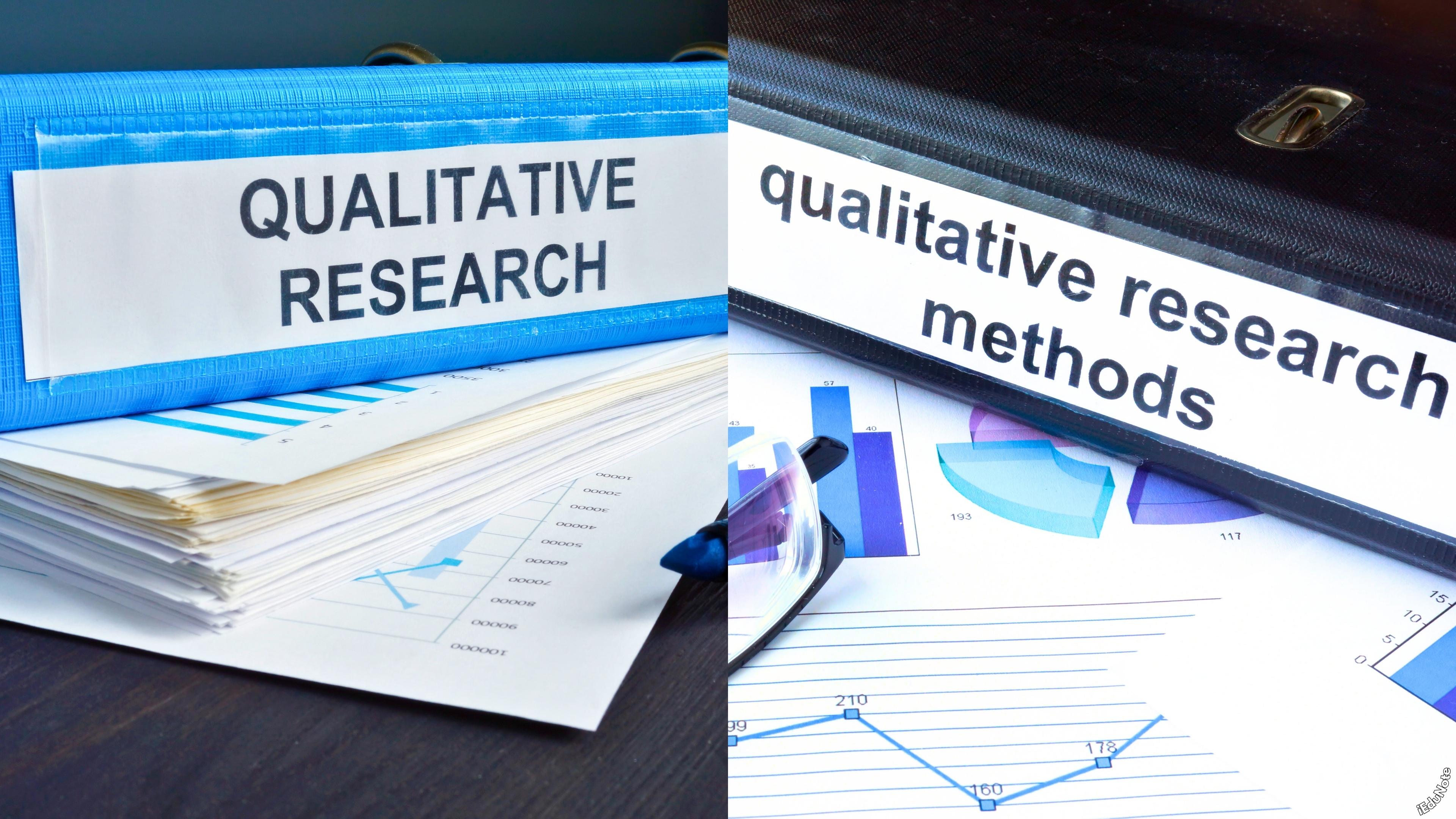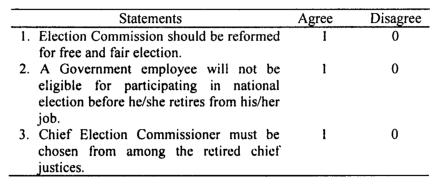Participatory Rural Appraisal is mainly used by non-governmental organizations (NGOs) working on the grass-root level. Let’s learn what participatory rural appraisal is!
Meaning of Participatory Rural Appraisal
Participatory rural appraisal (PRA) is a growing combination of approaches that enable vulnerable people to share, enhance, and analyze their knowledge of life and conditions and plan, act, monitor, and evaluate.
The role of the outsider is that of a catalyst, a facilitator of processes within a community that is prepared to alter their situation.
Participatory Rural Appraisal was first developed in India and Kenya during the 1980s; it has been mainly used by non-governmental organizations (NGOs) working on the grass-root level.
Although originally developed for use in rural areas, the principles and many of the approaches of Participatory Rural Appraisal are increasingly being used by such organizations as the World Bank, UNDP, and ILO, among others.
The sole purpose of Participatory Rural Appraisal is to enable development partners, government officials, and local people to work together to plan context-appropriate programs.
While RRA mainly aims to extract information, Participatory Rural Appraisal emphasizes empowering local people to take an active role in analyzing their living conditions, problems, and potential to seek change in their situations.
These changes are supposed to be achieved by collective action, and the local communities are invited to assume responsibilities for implementing many, if not most, of the activities.
The members of the Participatory Rural Appraisal team act as facilitators. It is not the external experts but the local people who ‘own’ the results of the Participatory Rural Appraisal Workshop.
Therefore an important principle of Participatory Rural Appraisal is to share the results of the analysis between the Participatory Rural Appraisal team and the community members through visualization, public presentations, and discussions during meetings.
Participatory Rural Appraisal is an exercise in communication and transfer of knowledge.
Whether it is carried out as part of project identification or appraisal or as part of country economic and sector work, the learning by doing and teamwork spirit of Participatory Rural Appraisal require transparent procedures.
For that reason, a series of open meetings (initial, final, follow-up) generally frame the sequence of Participatory Rural Appraisal activities. Other tools common in PRA are:
- Semi-structured interviewing.
- Focus group discussions.
- Preference ranking.
- Mapping and modeling.
- Seasonal and historical diagramming.
Organizing Participatory Rural Appraisal
A typical Participatory Rural Appraisal activity involves a team working for two to three weeks on workshop discussions, analyses, and fieldwork. Several organizational aspects should be considered:
- Logistical arrangements should consider nearby accommodations, arrangements for lunch for fieldwork days, sufficient vehicles, probable computers, funds to purchase refreshments for communicating meetings during Participatory Rural Appraisal, and supplies such as a flip chart, paper, and markers.
- Training of team members may be required, particularly if the Participatory Rural Appraisal has the second objective of training in addition to data collection.
- Participatory Rural Appraisal results are influenced by the time allowed to conduct the exercise, scheduling and assignment of report writing, and critical analysis of all data, conclusions, and recommendations.
- A Participatory Rural Appraisal covering relatively few topics in a small area should take between ten days and four weeks. Still, a PRA with a wider scope over a larger area can take several months. Allow five days for an introductory workshop if training is required.
- Reports are best written immediately after fieldwork, based on notes from Participatory Rural Appraisal team members. A preliminary report should be available within a week or so of the fieldwork. The final report should be available to all participants and the local institutions involved.
The sequence of the techniques
Participatory Rural Appraisal techniques can be combined in several ways depending on the topic under investigation. Some general rules of thumb are useful. Mapping and modeling are good techniques to start with because they;
- Involve several people;
- Stimulate much discussion and enthusiasm;
- Provide the Participatory Rural Appraisal team with an overview of the area and
- Deal with non-controversial information.
Wealth ranking is best done later in a Participatory Rural Appraisal once a degree of rapport has been established, given the sensitivity of this information.
Preference ranking is a good icebreaker at the beginning of a group interview and helps focus the discussion.
Later, individual interviews can follow up on the different preferences among the group members and the reasons for these differences.
Differences between Rapid Rural Appraisal and Participatory Rural Appraisal
Here are some potential differences between RRA and Participatory Rural Appraisal.
| Rapid Rural Appraisal | Participatory Rural Appraisal |
|---|---|
| Responding to the needs of development workers and agencies. | Responding to the needs of communities and target groups |
| More emphasis on efficient use of time and achievement of objectives. | More emphasis on flexibility to adapt to the time frame of the community. |
| Communication and learning tools are used to help outsiders to analyze the conditions and understand the local people. | Communication and learning tools help the local people analyze their conditions and communicate with outsiders. |
| Outsiders decided the focus of the RRA. | Communities decide the focus of PRA. |
| Development agencies mainly use end products. | The community mainly uses the end product. |
| It enables development agencies and institutions to be more ‘participatory.’ | Enables (empowers) communities to make demands on development agencies and institutions |
| It can be used purely for ‘research‘ purposes without linking to subsequent actions or interventions. | It is linked to action or intervention and requires immediate availability of support for decisions and conclusions reached by communities due to the PRA. |

